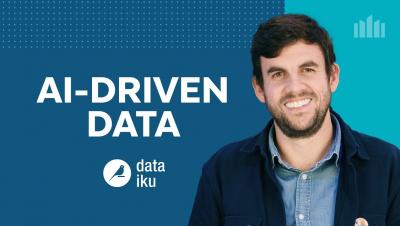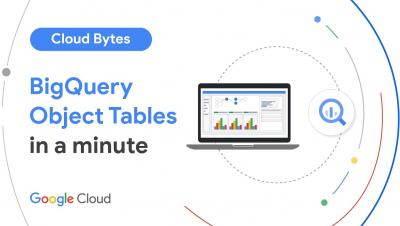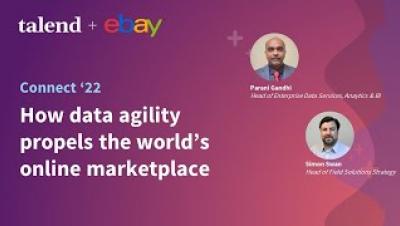Unlocking HBase on S3 With the New Store File Tracking Feature
CDP Operational Database (COD) is a real-time auto-scaling operational database powered by Apache HBase and Apache Phoenix. It is one of the main data services that run on Cloudera Data Platform (CDP) Public Cloud. You can access COD from your CDP console.











